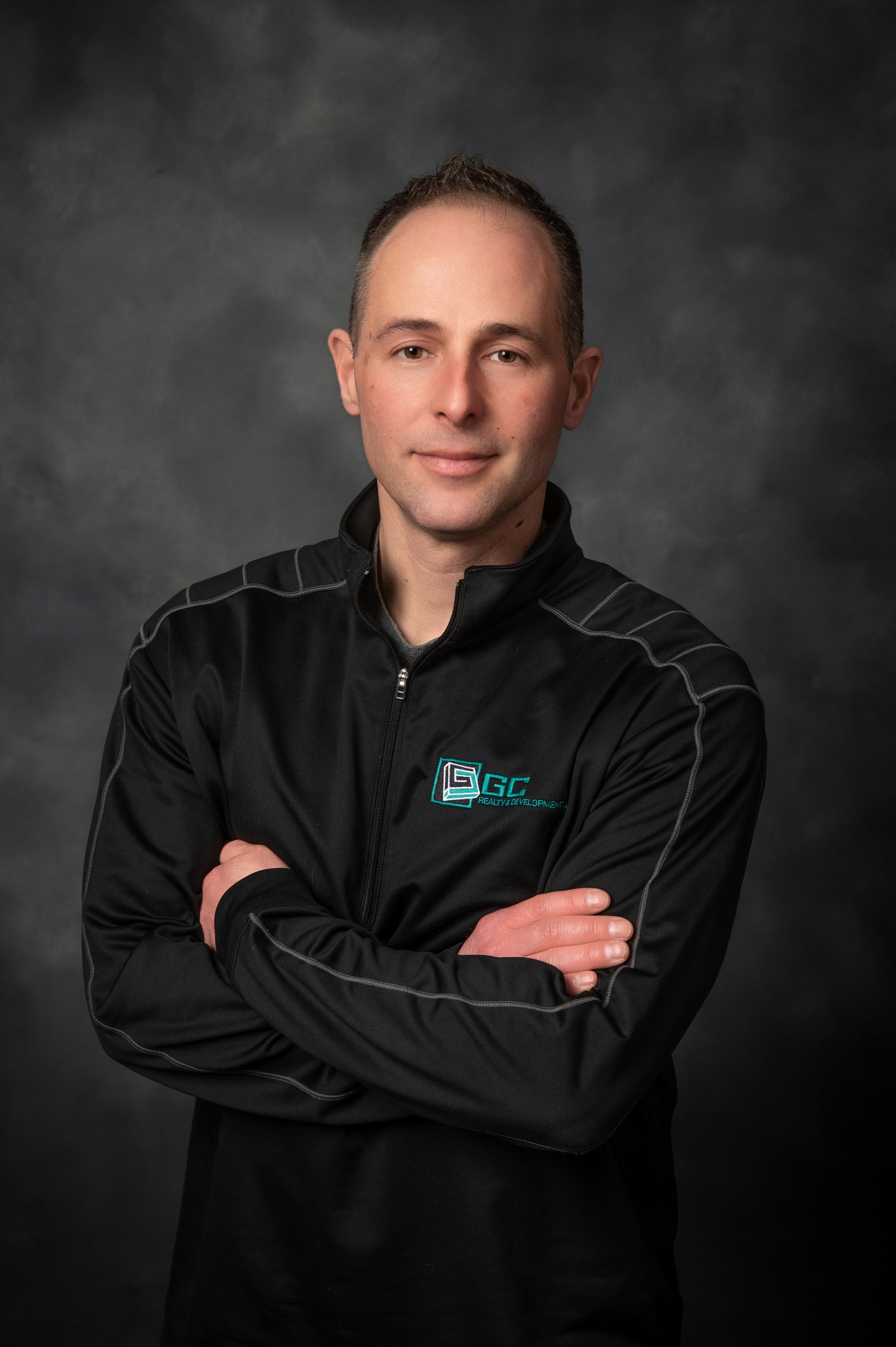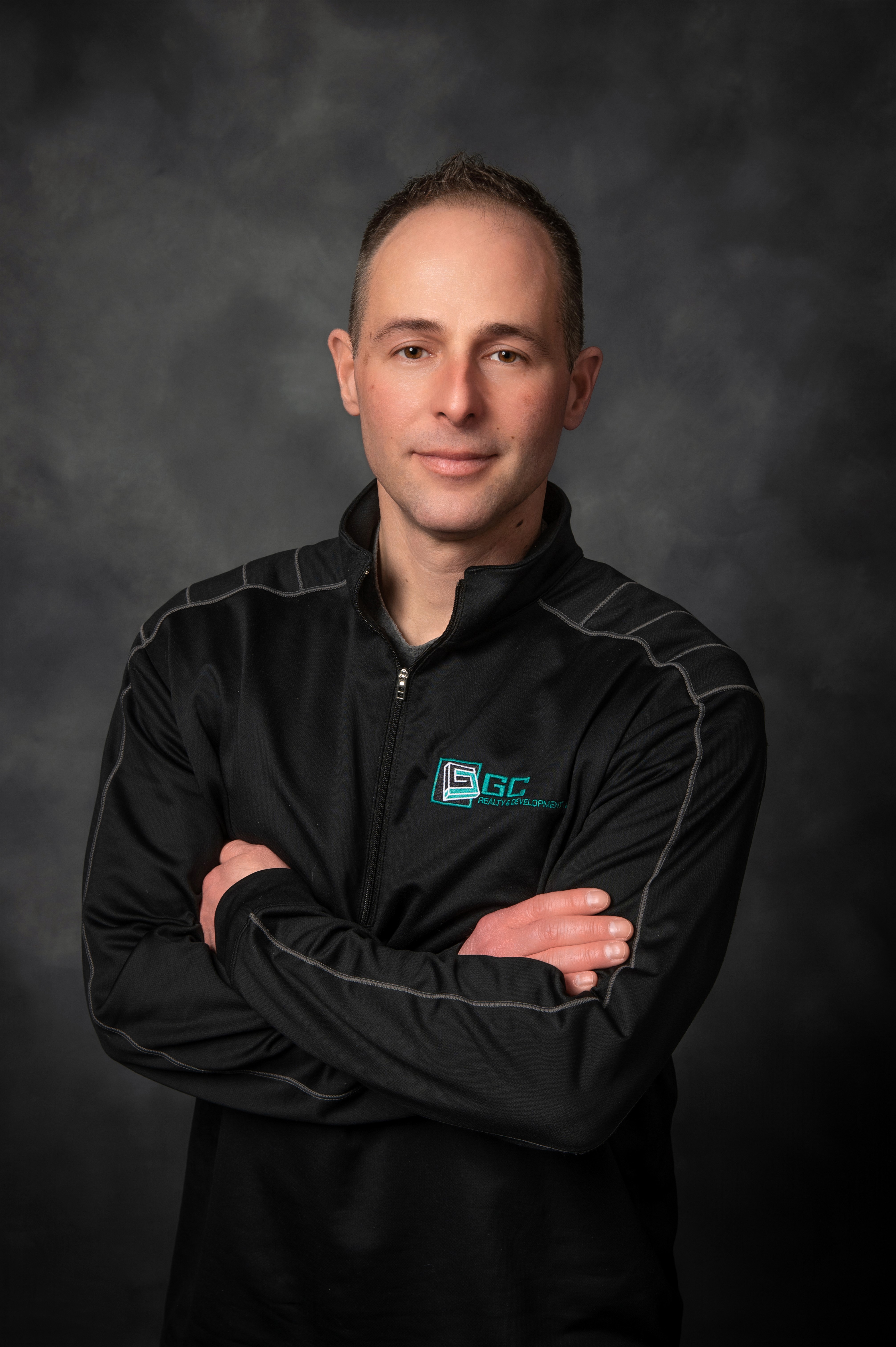
Author: Mark Ainely | Partner GC Realty & Development & Co-Host Straight Up Chicago Investor Podcast
In 2017 we took over a property that had some tenants, squatters, and way too many roaches. Neither of the latter two were paying rent. Anyone that was paying was paying not nearly as much as the property should have been generating. We took over this 42-unit building that was located in a working-class neighborhood in the Chicago Western suburbs. Prior to meeting us, the owner had hired a one man show, someone who was not a real estate professional and had never had any training or experience running a multi-million-dollar asset. By the time this manager was fired, the property was reduced to just 57.1% occupancy, crumbling units, the city furious with the owner, and more roaches than you could ever imagine.
The owner first approached us with a desire to sell. When he heard our valuation, he was floored by how far the value he had in mind vs reality really was. During that time, we sat down for a valuation meeting. The building had just 24 units leased at an average of $770 per unit in rent, for a total of $18,720 gross monthly or $224,640 annually. This was assuming all occupied units were paying. We found out a short time later that only 17 of the 24 tenants were paying, reducing the total income to $13,090 monthly or $157,080 annually. Our analysis of the building’s value at that time was as follows:
$224,640.00 - total Income
$ 89,856.00 - total expenses
$ 65,216.00 - net Income x 5% cap (taking into account add value for buyer) =
$1,304,320.00 - market value
Considering the condition of the building, the owner believed the value was at least double what we presented to him. We then had to demonstrate to the owner how a buyer would view this property, and how, as the seller, he was losing all leverage in the building’s value based on the current state it had fallen into. During the meeting, our partner, Bryan Sonn, jumped in and said, “or we can lay out a plan to make this property worth $3,800,000.00, just give us a week and access to the property once more.” The owner agreed to this next step.
Bryan and his team spent the next 7 days crunching numbers and getting bids. On day 9 we met with the owner again, designing a plan that consisted of 5 steps, which by the end turned into 6 steps.
- Step 1 - start aggressively treating the building with pest control.
- Step 2 - evict or pay to leave(cash for keys) all the squatters and non-payers.
- Step 3 - one unit at a time. 3 weeks for each unit. We will invest $13,000 into 21 units rehabbing the kitchens, baths, doors, and flooring.
- Step 4 - raise rent ($950 x 21 units) on all rehabbed units. Raise rent on non-rehabbed to average ($810.00 x 21 units) for a total rent roll in 63 weeks of $36,960 monthly or $443,520 annually.
- Step 5 - put $40,000 into exterior work that includes mailboxes, landscape, parking reseals and partial reroof.
We finished rehabbing the units in 55 weeks and had them all leased by 58 weeks. Following the 5 steps, there was a period of 3 consecutive months when there was 0% vacancy. As we were talking with residents, existing and incoming, we asked what else they would want for a property like this? Time and again they all said laundry facility. This gave us the idea to reach out to our coin laundry contact and setup a joint venture between the coin laundry operator and owner for a shared revenue agreement. There was space in the basement for laundry. It was the perfect set-up, which brought in another $7,000 for the owners to share annually. It was only a $1000 investment – mostly plumbing items - by the owner to install the operator’s machines.
It was about week 63 when we met with the owner at his home in California (we take advantage of the opportunity to visit clients that live in warmer weather). I think he was expecting us to arrive with excuses about why the project wasn't done, but he was happily surprised that we did all as we had promised and in advance of our proposed schedule. It was there in his living room we presented him with our new valuation.
$421,344.00 - total Income after 5% vacancy
$ 7,000.00 - coin laundry income
$428,344.00 - gross revenue
$171,337.60 - total expenses
$257,006.40 - net Income x 6% cap (taking into account add value for buyer) =
$4,283,440.00 - market value
He was amazed, giddy, and ecstatic. He even stopped to clarify that he was reading our numbers right. In just over a year we had taken his property and tripled the value with his small investment of $314,000.00. By the end of the conversation, we worked with him on a plan to move away from selling, to simply refinancing, which would allow him to pull the cash out that he wanted and to hold the property for now. This would allow him to access $1,000,000 in cash he wanted for another venture, to push any tax obligation down the road some, while still having cash flow coming in from this property each month.
There are a lot of owners out there that don’t realize the money they have hidden in their own assets. That’s why it is important to work with a property manager that is a real estate professional to uncover the full potential of a property.

 Vendor Portal
Vendor Portal
